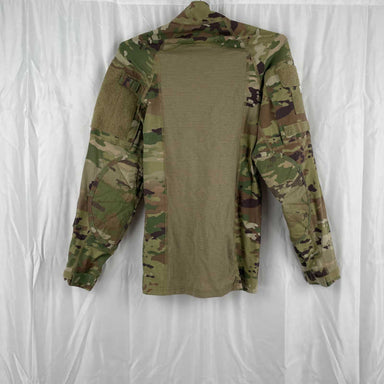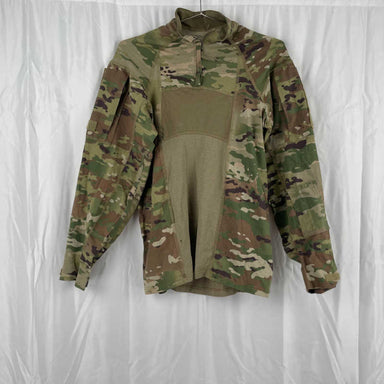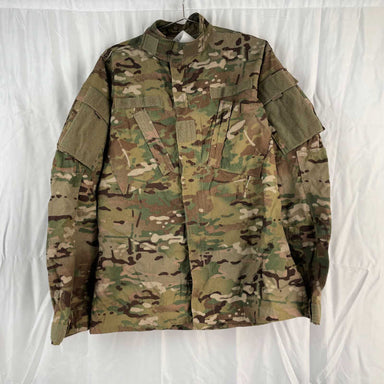

USGI | Advanced Combat Shirt | OCP
What's so cool about an Advanced Combat Shirt? Enhanced Comfort: Breathability: Advanced combat shirts often use lightweight, moisture-wicking f...
View full details
What is OCP Camo?
OCP, short for Operational Camouflage Pattern, is the current standard camouflage pattern worn by the U.S. Army and Air Force. If you’ve seen modern military uniforms, you’ve likely noticed OCP’s mix of greens, browns, and tans designed to work in multiple terrains — from desert sand to wooded hillsides. It was officially adopted by the Army in 2015 and fully rolled out by 2019, replacing the older UCP (Universal Camouflage Pattern).
Why was OCP created?
The Army realized that the old UCP simply didn’t perform well across different environments. After years of testing, OCP was selected because it blended effectively in diverse conditions like woodland, desert, and even urban areas. Its design was influenced by MultiCam, a proven camouflage used in Afghanistan, praised by soldiers for its real-world effectiveness.
Key Features of OCP Camo:
✅ Multi-environment effectiveness — desert, woodland, and urban use
✅ Blends natural shades of tan, green, brown, and black
✅ Standard issue for the Army & Air Force, creating a unified look across branches
✅ Durable and versatile for both combat and daily utility wear
Why shop OCP camo with us?
Our OCP gear is sourced with durability and authenticity in mind — whether you’re looking for uniforms, surplus gear, or everyday tactical wear. Unlike knock-offs, our selection is made to last and designed to perform the way real military equipment should.
If you’ve ever wondered “What is OCP Camo and why is it important?” — now you know: it’s the U.S. military’s trusted solution for multi-environment camouflage. Explore our collection below and gear up with OCP for reliability, effectiveness, and a piece of modern military history.

 Save Liquid error (snippets/product-badge line 32): Computation results in '-Infinity'%
Save Liquid error (snippets/product-badge line 32): Computation results in '-Infinity'%
What's so cool about an Advanced Combat Shirt? Enhanced Comfort: Breathability: Advanced combat shirts often use lightweight, moisture-wicking f...
View full details Save Liquid error (snippets/product-badge line 32): Computation results in '-Infinity'%
Save Liquid error (snippets/product-badge line 32): Computation results in '-Infinity'%
Elevate your operational readiness and comfort with our OCP Combat Top. Engineered for performance and designed with attention to detail, this top ...
View full details
